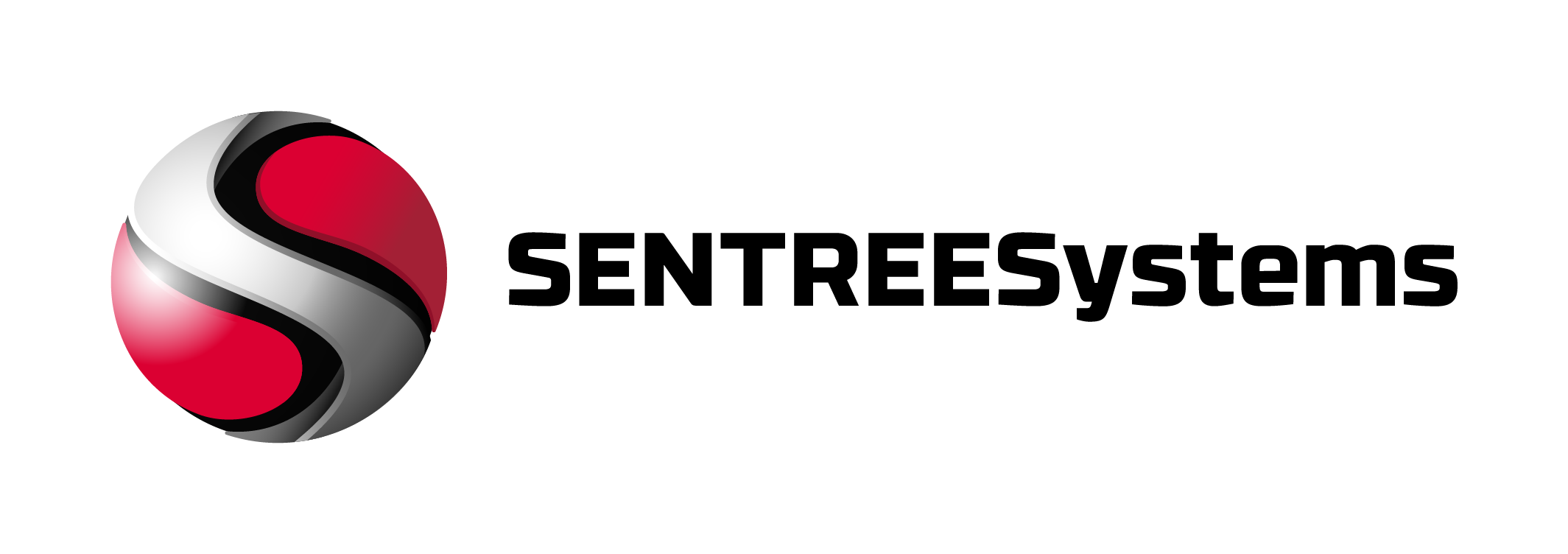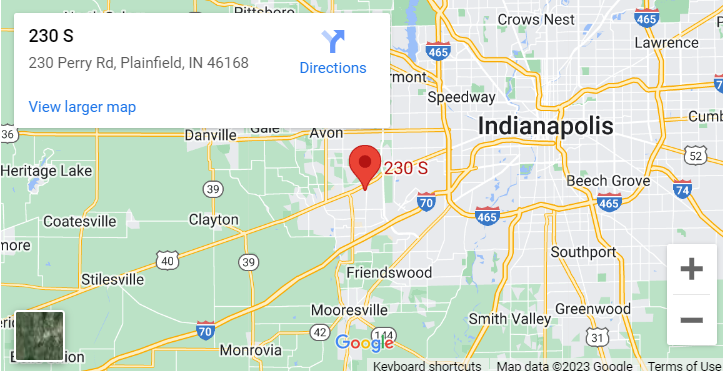Here’s the deal—remote work security isn’t just an IT problem anymore. It’s a business survival issue. With cyberattacks on remote workers increasing by over 300% since 2020, organizations can’t afford to treat home offices like they’re still secure corporate environments. The shift to distributed work has fundamentally changed how we need to think about securing remote work environments, and frankly, most companies are still playing catch-up.
Key Takeaways
- Remote work breaches cost $1.07 million more than traditional office breaches—the financial stakes are real
- Over 70% of organizations had to rapidly scale VPN capacity, but many missed critical security gaps in the rush
- Zero Trust architecture isn’t optional anymore—81% of organizations are implementing it for good reason
- Employee security training reduces successful phishing attempts by 38%, yet only 64% of remote workers receive it
- Multi-factor authentication stops 99.9% of credential-based attacks, making it one of the highest-ROI security investments
The Reality of Remote Work Vulnerabilities
Look, I’ve worked with dozens of organizations over the past few years, and the pattern is always the same. They rushed into remote work thinking they could just extend their office security model to home offices. That approach failed spectacularly.
The numbers don’t lie. Compromised credentials account for 17% of all data breaches, and remote workers are making this worse by reusing passwords across personal and work accounts—33% admit to this practice. When you’ve got employees logging into corporate systems from home networks where 6.4% still use default router passwords, you’re essentially handing attackers the keys.
The Attack Surface Explosion
Remote work didn’t just change where people work—it fundamentally expanded what attackers can target. Personal devices used for work show 38% lower security compliance rates compared to corporate-managed equipment. That’s not surprising when you consider that 81% of organizations struggle to secure devices they don’t directly control.
Phishing attacks doubled during peak remote work periods, with attackers specifically targeting the confusion and isolation that remote workers experience. Medium-sized businesses face 21% higher breach susceptibility than smaller companies, likely because they have more complex systems but haven’t scaled their security expertise appropriately.
The Financial Reality Check
Here’s what really gets executives’ attention: breaches involving remote workers take an average of 58 days longer to contain. That extended timeline directly translates to higher costs and more damage. Industries like finance (19%), healthcare (15%), and education (19%) are seeing the highest rates of information theft, with 47% of breached organizations experiencing consumer data theft.
For small businesses, 20% report damages exceeding $10,000 per incident. That might not sound like much to larger enterprises, but it’s often enough to seriously impact cash flow and operations for smaller organizations.
Essential Technologies for Securing Remote Work Environments
I’ll be straight with you—there’s no silver bullet for remote work security. But there are proven technologies that dramatically reduce risk when implemented correctly.
VPNs: Still Essential, But Not Enough
Despite all the talk about Zero Trust making VPNs obsolete, 93% of enterprises still maintain VPN infrastructure. There’s a reason for that—VPNs remain a critical first line of defense for encrypted data transmission. However, 71% had to rapidly expand VPN capacity during the pandemic, and many of these quick deployments introduced new vulnerabilities.
The smart money is moving toward SASE (Secure Access Service Edge) architectures that combine SD-WAN capabilities with cloud-native security. This approach addresses the limitations of traditional VPNs while providing the scalability that modern distributed workforces require.
Multi-Factor Authentication: The 99.9% Solution
If you implement only one security measure, make it MFA. Multi-factor authentication prevents 99.9% of credential-based attacks—that’s not marketing hype, that’s documented effectiveness. The global MFA market is growing at 15.2% annually for a reason: it works.
Biometric verification is becoming standard, with 67% of organizations using it for high-risk access scenarios. The key is implementing adaptive MFA that reduces friction for low-risk activities while maintaining strong authentication for sensitive operations.
Endpoint Detection and Response (EDR)
With 80% of breaches originating from endpoint vulnerabilities, EDR solutions aren’t optional for remote work environments. The EDR market is expanding at 24.9% annually because organizations are finally recognizing that traditional antivirus isn’t sufficient for sophisticated threats.
Real-time threat hunting across distributed devices requires advanced analytics and automated response capabilities. I’ve seen organizations reduce their breach detection time by 60% when they implement AI-driven EDR solutions properly.
Implementing Zero Trust for Remote Teams
Zero Trust isn’t just a buzzword—it’s become the de facto standard for securing distributed workforces. With 81% of organizations implementing Zero Trust architectures, the question isn’t whether you need it, but how quickly you can deploy it effectively.
Core Zero Trust Components
The foundation of Zero Trust for remote work environments includes continuous authentication monitoring, network microsegmentation, and behavioral analytics. Cloud-focused Zero Trust implementations show 84% effectiveness rates compared to hybrid approaches that try to retrofit legacy systems.
Financial institutions lead adoption rates, with 67% prioritizing Identity and Access Management enhancements. They’re seeing the business value—organizations with proper Zero Trust implementation report 28% lower breach costs compared to traditional security models.
Overcoming Implementation Challenges
Here’s what nobody talks about: 22% of internal teams resist Zero Trust implementation, and 48% of enterprises cite budget constraints as barriers. The resistance usually comes from IT teams worried about complexity and end-users concerned about productivity impacts.
The solution is gradual implementation with clear communication about benefits. Start with high-risk access points and expand systematically. Organizations that take this approach see 35% faster breach detection in remote environments. Additionally, incorporating advanced monitoring tools can further enhance security measures. Organizations should also consider integrating ransomware protection strategies into their overall cybersecurity framework to mitigate potential threats effectively. By fostering a culture of security awareness and continuous improvement, businesses can better safeguard their assets against evolving risks.
The Human Factor: Training and Behavior Modification
You can implement every security technology available, but if your people are clicking malicious links and reusing passwords, you’re still vulnerable. Human error remains the weakest link in most security chains, especially in remote work environments where employees feel isolated from IT support.
Security Awareness Training That Actually Works
Generic security awareness training is mostly useless. What works is targeted, role-specific training that addresses real threats remote workers face. Organizations conducting quarterly training see 38% reductions in successful phishing attempts.
The problem? Only 64% of remote workers receive formal cybersecurity education. That gap is exactly what attackers exploit—13% of remote workers admit to falling for phishing attacks, and 21% would delay reporting security incidents over weekends.
Policy Enforcement Through Technology
Relying on employees to remember security policies doesn’t work. Automated enforcement through MDM and SSO platforms increases compliance rates to 89%. The key is making secure behavior the easy choice, not the difficult one.
Password policy enforcement is particularly critical, given that 80% of breaches involve compromised passwords. Organizations combining behavior analytics with automated policy enforcement detect anomalous activities 50% faster than those relying on manual monitoring.
Advanced Threat Detection and Response
Traditional security monitoring wasn’t designed for distributed workforces. Remote work environments require more sophisticated threat detection capabilities that can identify attacks across multiple networks and device types.
AI-Driven Security Analytics
Machine learning applications in threat detection are reducing response times by 60% in remote environments. This isn’t theoretical—I’ve seen organizations implement predictive analytics that successfully identify threats before they escalate into full breaches.
The technology is particularly effective against the 240% increase in novel phishing techniques observed since widespread remote work adoption. AI systems can identify patterns and anomalies that human analysts miss, especially when managing security across hundreds or thousands of remote endpoints.
Automated Patch Management
Manual patch management for remote devices is a nightmare. Automated systems now resolve 85% of vulnerabilities before exploitation, which is critical when you consider that many remote workers delay or skip security updates on personal devices used for work.
The NIST Cybersecurity Framework emphasizes automated vulnerability management as essential for distributed environments. Organizations that implement comprehensive automation see significant reductions in their overall risk exposure.
Regulatory Compliance and Remote Work
Compliance requirements haven’t relaxed because employees work remotely—if anything, they’ve become more complex. Data protection regulations increasingly mandate specific security controls for remote access, with 72% of updated frameworks requiring MFA as a baseline.
GDPR-aligned encryption standards now influence 45% of organizational remote work policies, creating convergence between compliance requirements and security best practices. The smart approach is implementing security measures that address both operational needs and regulatory obligations simultaneously.
Cost-Benefit Analysis of Remote Work Security Investments
Let’s talk numbers that matter to business decision-makers. Organizations with comprehensive remote work security programs reduce breach-related costs by an average of $1.2 million annually. That ROI justifies significant security investments.
| Security Investment | Average Cost | Risk Reduction | Annual ROI |
|---|---|---|---|
| Multi-Factor Authentication | $15-50 per user | 99.9% credential attacks | 400-800% |
| EDR Solutions | $25-75 per endpoint | 80% endpoint vulnerabilities | 200-500% |
| Security Training Programs | $50-200 per employee | 38% phishing success rate | 150-400% |
| Zero Trust Implementation | $100-500 per user | 28% overall breach costs | 250-600% |
The Zero Trust Network Access market projection from $1.2 billion to $3.6 billion by 2030 reflects real business demand driven by measurable security improvements and cost savings.
Conclusion
Securing remote work environments isn’t about implementing perfect security—it’s about creating resilient systems that can detect, respond to, and recover from threats effectively. The organizations succeeding in this space combine proven technologies like MFA and EDR with human-focused training programs and Zero Trust architectures.
The financial stakes are clear: remote work breaches cost over $1 million more than traditional breaches, but comprehensive security programs can reduce overall breach costs by $1.2 million annually. Securing remote work environments requires investment, but the cost of not investing is consistently higher.
Start with high-impact, low-complexity implementations like MFA and security training. Build toward comprehensive Zero Trust architecture as your organization matures. The key is consistent progress, not perfect implementation from day one.
FAQ
What’s the most critical first step for securing remote work environments?
Implement multi-factor authentication across all systems accessible by remote workers. MFA prevents 99.9% of credential-based attacks and provides immediate, measurable risk reduction. It’s the highest-ROI security investment most organizations can make.
How much should organizations budget for remote work security?
Plan for $200-800 per remote worker annually, depending on your risk profile and compliance requirements. This covers MFA, EDR, security training, and basic Zero Trust components. The investment typically pays for itself within 12-18 months through reduced breach risk.
Is VPN technology still relevant for securing remote work environments?
Yes, but VPNs alone aren’t sufficient. 93% of enterprises maintain VPN infrastructure, but smart organizations combine VPNs with SASE architectures and Zero Trust principles. The goal is encrypted data transmission plus continuous authentication and monitoring.
How often should remote workers receive security training?
Quarterly training shows optimal results, reducing successful phishing attempts by 38%. Monthly micro-training sessions work even better for maintaining awareness. The key is consistent, relevant content that addresses current threats rather than generic annual training sessions.



